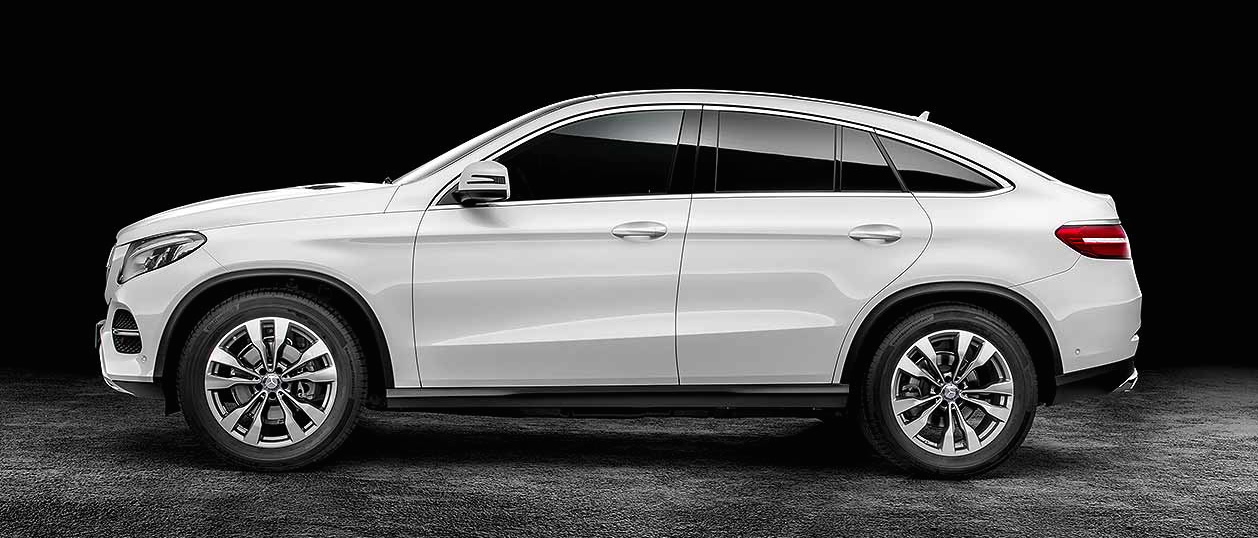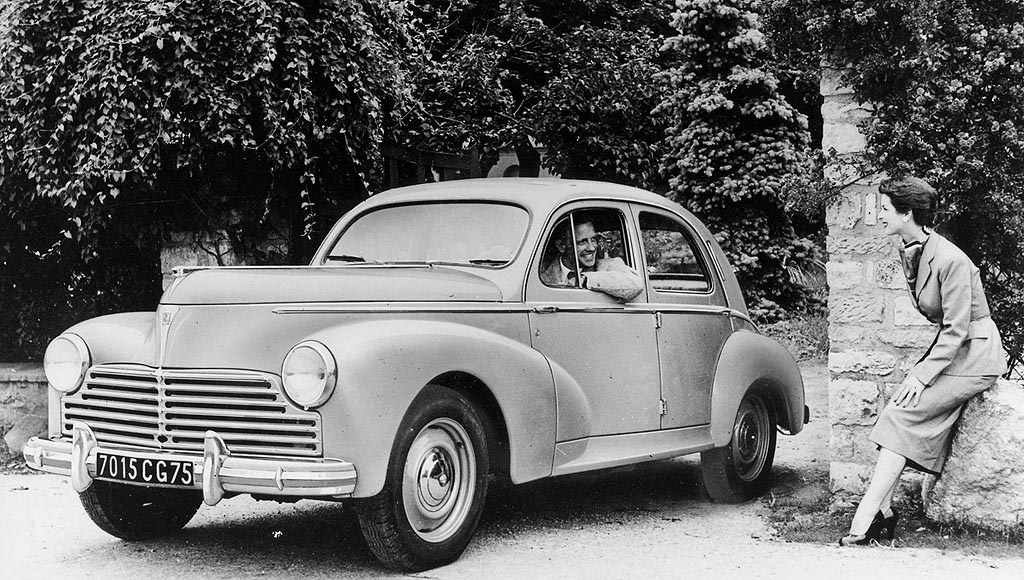One model the Clipper lacked was a convertible, so Packard added them as part of the 1948 facelift project. Packard sedans of that era were massive and bloated-looking. Due to their lack of large, fixed tops, the convertibles appeared less massive than the sedans, though they were still more ponderous than competing cars.
The primary styling flaw is the pontoon fender and the slab-sided look it produced. A crisper fender line and separate rear fenders such as were found on 1947 Studebakers and 1948 Oldsmobiles and Cadillacs would have been a major design improvement.
Seen from nearly 60 years after their introduction, the postwar Packard convertibles possess an impressive kind of charm despite having a mediocre design. Something due to nostalgia, perhaps.
1948 Packard Super 8 Victoria Convertible - Jay Leno Collection, NBC photo
Jay can afford the best, and this is pretty much it so far as '48-50 Packard convertibles are concerned.
1948 Packard 8 Convertible - sales photo
A lower-priced '48 convertible. Differences include a simpler grille theme and one less side chrome strip. The wire wheels were not production items.
1949 Packard Custom 8 Convertible - Auctions America photo
A top-of-the-line convertible with its top retracted.
1949 Packard Victoria Convertible - Barrett Jackson photo
Rear aspect of the less expensive convertible.
1950 Packard Custom 8 Victoria Convertible
Top-of-the-line Packards echoed the grille's egg-crate theme above the rear bumper. Side chrome and tail lights were redone for 1950.
1950 Packard Custom 8 Victoria Convertible - Mecum auction photo
Another fine example. But here, too, the wire wheels were added later.
1950 Packard Custom 8 Victoria Convertible - Mecum auction photo
A nice view of the egg-crate grille found on the most expensive Packards.





















































